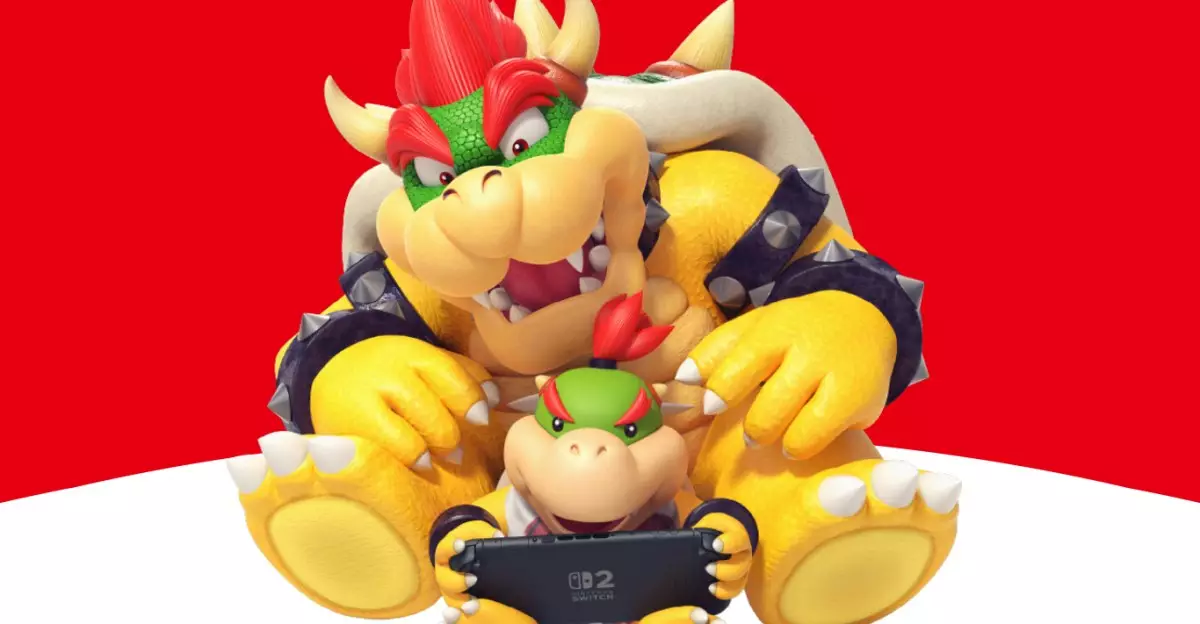As gaming continues to evolve into a more socially interactive experience, the responsibility of safeguarding young players has never been more critical. The launch of the Nintendo Switch 2 and its upgraded Parental Controls app exemplifies how manufacturers can prioritize child safety while enhancing gaming fun. With the inclusion of features like GameChat, which allow video interactions among peers, parents are presented with a dual-edge sword. On one hand, it offers kids an engaging platform to connect with friends; on the other, it opens up potential risks associated with online communications. In response to these concerns, Nintendo’s approach is not merely reactive but rather proactive, aiming to empower parents to make informed choices about their children’s gaming experiences.
Innovative Features Promoting Safety
The recent update to the Nintendo Switch Parental Controls app is noteworthy. The introduction of mandatory approvals for players under 16 initiating a GameChat video or voice session is a robust step towards ensuring that children interact only with pre-approved contacts. This feature brings a sense of control back to the parents, allowing them to curate their child’s gaming social circle. Moreover, the option to add notes about each approved friend can be a handy tool for managing multiple contacts, providing clarity amidst an often chaotic online environment.
What’s even better is that the app not only restricts unauthorized interactions but also tracks them. Parents can view a history of their child’s video chat sessions, including whom they spoke to and for how long. This feature amplifies transparency, enabling parents to have informed conversations about their child’s online behavior. It’s an intelligent move that reflects an understanding of the modern parent’s need to balance trust and oversight.
Stirling Challenges in Implementation
Despite these advancements, the implementation of such stringent controls does warrant discussion. While parental oversight is undoubtedly crucial, the onus of management falls heavily on parents, many of whom may not be technologically savvy. This raises questions about accessibility and the extent of support provided by companies like Nintendo. Furthermore, the necessity of repeatedly requesting parental approval can create frustration for children, potentially leading to the emergence of workarounds or alternative means of communication outside the parental purview. Therefore, while the intentions are commendable, the practicalities of enforcement may inadvertently push children towards less safe options if they feel stifled.
Creating a Balanced Gaming Environment
In the broader context of child development, the question remains: how do we strike a balance between safety and autonomy in gaming? Parental controls can provide a safety net, but fostering open communication about online behaviors and digital citizenship is equally vital. Encouraging kids to engage in discussions about their online experiences can nurture responsible gaming habits, making them aware of risks while empowering them to enjoy their games.
Ultimately, it’s about collaboration between parents, children, and game developers. As technology continues to advance, so too must our strategies for ensuring that young gamers are protected without being hindered. Nintendo’s commitment to safety is commendable, but it must be complemented by community awareness and education to cultivate a fun, secure environment where children can thrive both in and out of the gaming world.

